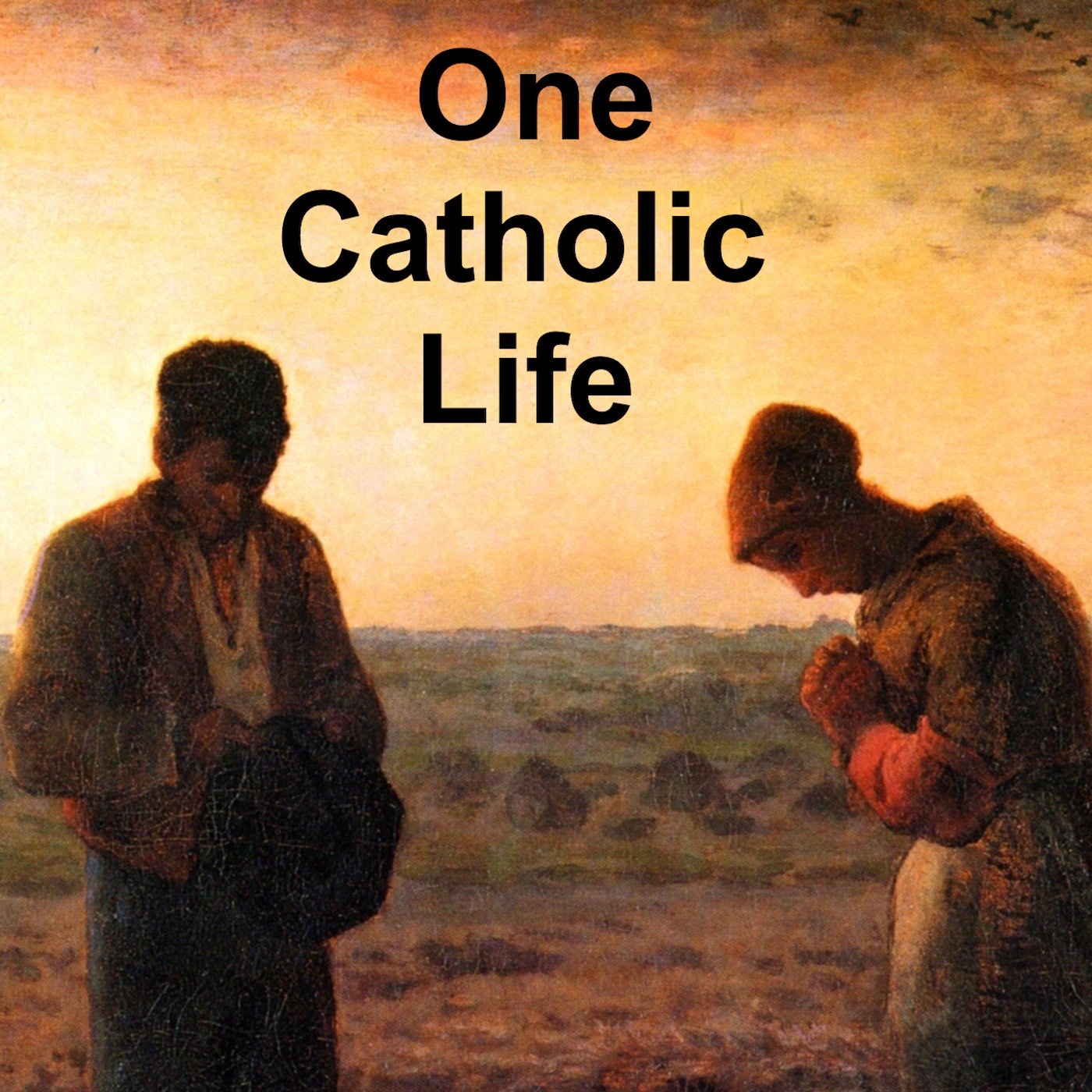Sacrifice, Reconciliation, and Joy: Homily for the Feast of the Holy Family – Year C 2021
Description
Today is the feast of the Holy Family,
and as we look at the gospel reading today
we might be reminded of a similar story,
a more modern story.
A story of a family taking a long trip during the holiday season
who suddenly realize that they’ve left their young son home alone.
I’m speaking of course of that 1990 movie Home Alone,
where young Kevin McAllister believes he is being bullied
by his older brothers and sisters,
and ignored by his parents,
so he wishes his family would just disappear.
His wish gets granted when,
on the morning they’re supposed to be getting on an airplane
to go to Paris for Christmas,
they oversleep and have to rush to get to the airport.
And just as Mary and Joseph don’t realize
that Jesus has remained behind in Jerusalem,
the McAllisters don’t realize
that young Kevin has been left behind at home.
It takes Mary and Joseph several days to find Jesus
after they return to Jerusalem,
and it takes Mrs. McAllister several days to get back home from Paris.
In the end, Jesus is reunited with his family,
goes back to Nazareth with them and is obedient.
And Kevin is reunited with his family,
comes to realize how much he loves them,
and goes back to his normal life.
At least until Home Alone 2.
It’s good to look at these two stories together
because today the Church sets Jesus, Mary and Joseph before us
as a model of what our families should be.
But we might identify more easily with the McAllister family,
with their arguing, noisiness, and chaos.
Here in front of us we have the beautiful manger scene
with the Holy Family portrayed in sacred art.
It’s a beautiful, peaceful image of the sacredness of family life,
so calm, so holy.
Now imagine, if you will, Kevin McAllister and his family standing
down the aisle in the back of the church just inside the doorway.
A very different image of family life.
And now picture an imaginary line running the length of the floor
from the Holy Family to the McAllister family.
And suppose I asked everyone here to get up,
move to the center aisle, and stand somewhere on that line,
somewhere on that spectrum,
closest to the family that most resembles your own.
Think back over the holidays now
and recall the scene in your house just yesterday on Christmas,
or on Christmas Eve,
or the last time you gathered together,
or your last phone call or text exchange
with your children, grandchildren, brothers and sisters.
Where would you place your family on that line?
The Church sets the Holy Family before us today as our model,
but how could we ever measure up to that kind of holiness?
And yet that is our call.
To be a holy family.
How could our families ever be that perfect?
What could we do that would ever be good enough
for us to be called a holy family?
But holiness doesn’t come from our being good enough,
holiness is not the result of our own efforts.
There is only one who is holy, and that’s God.
Holiness comes from God being good enough,
and more than good enough, overflowing with goodness!
And wherever God is, is holy.
Our holiness comes from our connection to God,
from our relationship with God.
And so what we learn about family from the Holy Family
is that a holy family is one in which God is present.
The Holy Family was holy because Jesus was there,
and Jesus is God,
and wherever God is, is holy.
Mary is holy because she carried Jesus, cared for him,
treasured him in her heart all her days.
Joseph is holy because he protected Jesus, taught Jesus,
and devoted his life to providing for him.
More Episodes
We are given very powerful readings today,
powerful individually and powerful collectively.
And at the heart of them all is a line by St. Paul
in his letter to the Romans:
“…be transformed by the renewal of your mind,
that you may discern what is the will of God,
what is good and pleasing...
Published 09/04/23
Published 09/04/23
It’s a sad fact of history
that the largest religious community
that ever lived together in the same place
in the history of the Catholic Church
was at the Dachau concentration camp in Germany during World War II.
Over 2,500 Catholic priests became prisoners in Dachau,
in Cellblock 26,...
Published 02/13/23


